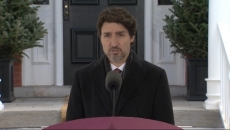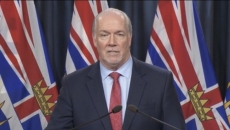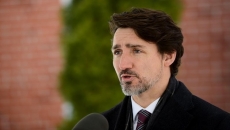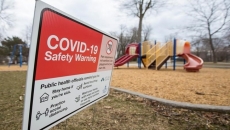Chief Public Health Officer Dr. Theresa Tam said Canada was making progress in slowing the epidemic but warned against letting down its guard. The focus, Tam said, must be placed on stopping outbreaks in places like seniors homes and in other places where vulnerable populations live together in close quarters. How exactly Canada gets on the road to normalization will largely depend on the provinces, Prime Minister Justin Trudeau said on Wednesday. However, the closure of the Canada-U.S. border will stay in place until May 21st at least, he said.
Regardless, the financial fallout of the anti-COVID measures — social isolation and the shut down of non-essential commercial activities — has been profound. Trudeau, who had already announced more than $100 billion in various forms of assistance, offered more financial supports on Wednesday.
A total of $9 billion would go to students who lacked access to previously announced emergency assistance. Students will receive $1,250 a month from May to August under the program.
"As young people, what you're going through matters," Trudeau said. "We want to make sure that you will be OK."
In addition, the government said it would create 76,000 new summer jobs for young people in sectors that "need an extra hand."
The economic impact of the epidemic was seen on the inflation front, where Statistics Canada reported the consumer price index for March was up a scant 0.9 per cent compared with a year ago. That was the smallest increase since May 2015 and compares with the 2.2 per cent annualized rate recorded in February.
The government planned to announce its fiscal update for February on Friday — including a deficit number bound to look microscopic compared to the tsunami of red ink unleashed by a pandemic that forced the economy to a virtual standstill in mid-March.
The prime minister also pledged unspecified aid for older Canadians whose finances have taken a hit.
"Yes, there is help coming for seniors," he said






